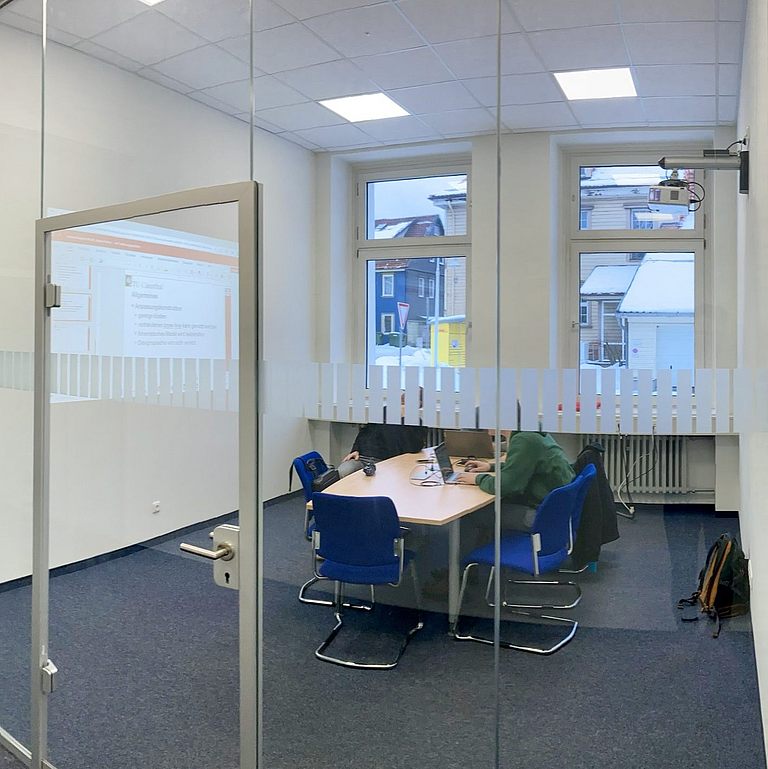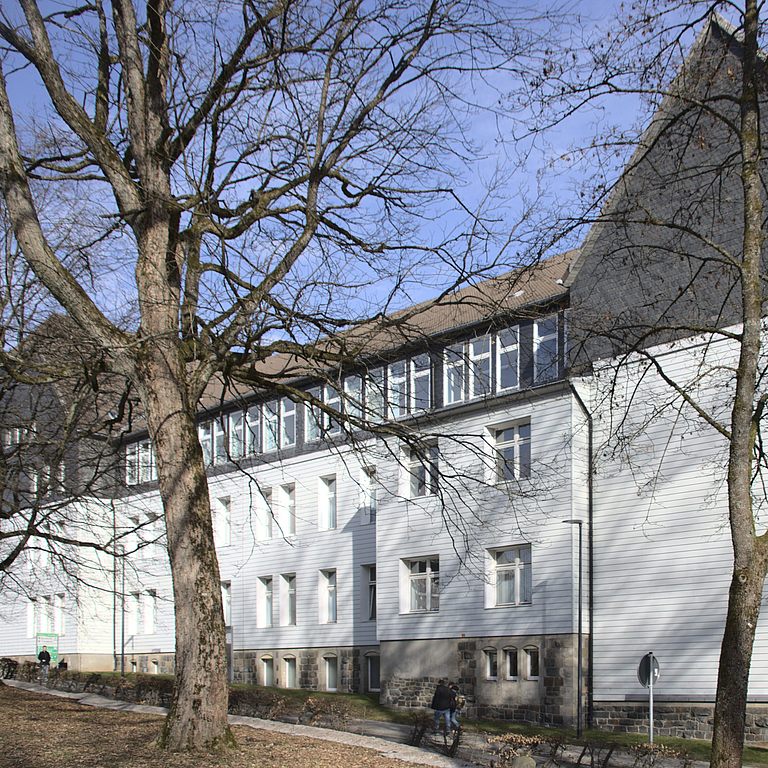Numerical integration
Although one has the impression that the integration is the counterpart of differentiation, integration is much more difficult. To determine derivatives of specific functions, it is sufficient to apply a few defined rules. To integrate elementary functions, however there is no easy and not all cases a concealing algorithm. Here you are much more likely to rely on numerical approximations. Numerical integration is also called quadrature.
This is the simplest form of an approximation. The function graph is approximated using one reference point (n=1) and the area is approximates by a rectangle. At the composite rectangle rule (n>1) the integration region is divided and the above rule is applied to each sub-interval.
Here the basic idea is to approximate the function graph by a straight line by means of two reference points and thus to approximate the area by a trapezoid. At the composite trapezoidal rule (n>1) the integration region is divided and the above rule is applied to each sub-interval. In this function evaluations can be reused, since each inner reference point belongs to two trapezoids.
Here the function is approximated by a quadratic polynomial. Both edges and the center are used as reference points. At the composite Simpson's rule (n>1) the integration region is divided and the above rule is applied to each sub-interval. Again function evaluations can be reused, as the edge nodes usually belong to two intervals.




